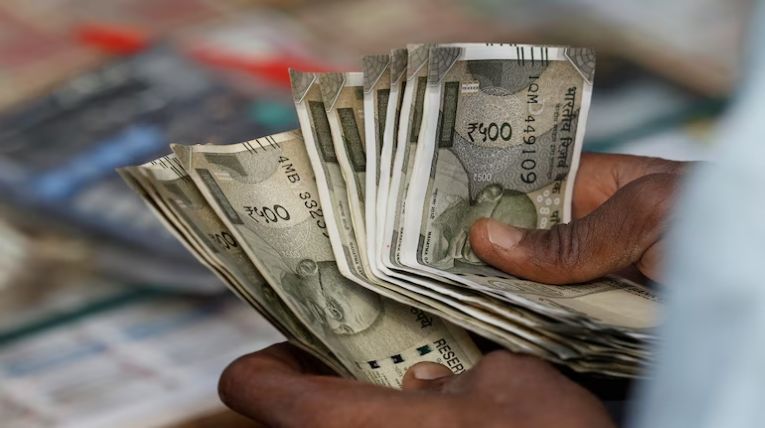The Reserve Bank of India (RBI) has revealed a sharp increase in the number of fake RS 500 notes found in the banking system. In 2024–25, there was a 37.3% rise in the detection of counterfeit Rs 500 notes compared to the previous year.
According to RBI data, around 1.18 lakh fake Rs 500 notes (new design) worth ₹5.88 crore were detected during 2024–25, up from 85,711 fake notes worth ₹4.28 crore in 2023–24.
The Reserve Bank of India, in its annual report for 2024–25, reported a 13.9% increase in the detection of counterfeit ₹200 notes during the year. According to the report, fake ₹200 notes worth ₹65.32 lakh were identified in 2024–25, up from 28,672 counterfeit notes valued at ₹57.34 lakh in 2023–24.
During 2024-25, the detection of counterfeit notes increased by 32.3% for ₹10, 14% for ₹20, 21.8% for ₹50, and 23% for ₹100 denominations. In contrast, counterfeit ₹2,000 notes saw the largest decline, falling sharply by 86.52% to 3,508 notes in 2024-25 from 26,035 notes in 2023-24.
Between April 2024 and March 2025, a total of 2.17 lakh counterfeit notes were detected in the banking system, slightly lower than the 2.22 lakh detected in 2023-24. According to the RBI’s annual report, banks identified the majority of these fake notes, accounting for 95.3% of detections, while the RBI detected the remaining 4.7%.
The report also highlighted that both the value and volume of banknotes in circulation increased during 2024-25, by 6% and 5.6% respectively.
In terms of denominations, Rs 500 notes made up the largest share, accounting for 86% of the total value of banknotes in circulation, though this represented a slight decline. By volume, Rs 500 notes constituted 40.9%, followed by Rs 10 notes at 16.4%. Lower denomination notes of Rs 10, Rs 20, and Rs 50 together made up 31.7% of the total banknotes in circulation by volume.
Digital currency, RBI’s new push for international payments
The Central Bank is exploring CBDC pilots for cross-border payments on both bilateral and multilateral bases, signalling a push towards using the digital rupee for international settlements. “The value of Central Bank Digital Currency (CBDC) or e-rupee in circulation jumped to Rs 1,016 crore at the end of March 2025 from Rs 234 crore in the year-ago period,” the Central Bank said in its annual report.
The CBDC was first introduced in November 2022 initially with a wholesale pilot, which was followed up with a retail one as well. Simplifying cross-border payments was one of the stated advantages of the CBDC, which had to be introduced in face of the challenge to the currency system from non-fiat virtual currencies such as Bitcoins.
“…the Reserve Bank is exploring commencement of CBDC pilots on cross-border payments both on a bilateral and multilateral basis to overcome key challenges related to turnaround time, efficiency and transparency,” it said.
“Bilateral cross-border CBDC pilots with select countries are being “actively explored”, and progress has been made in finalisation of the roadmap, technical aspects and use cases,” the report said.
👉 Click here to read the latest Gujarat news on TheLiveAhmedabad.com



